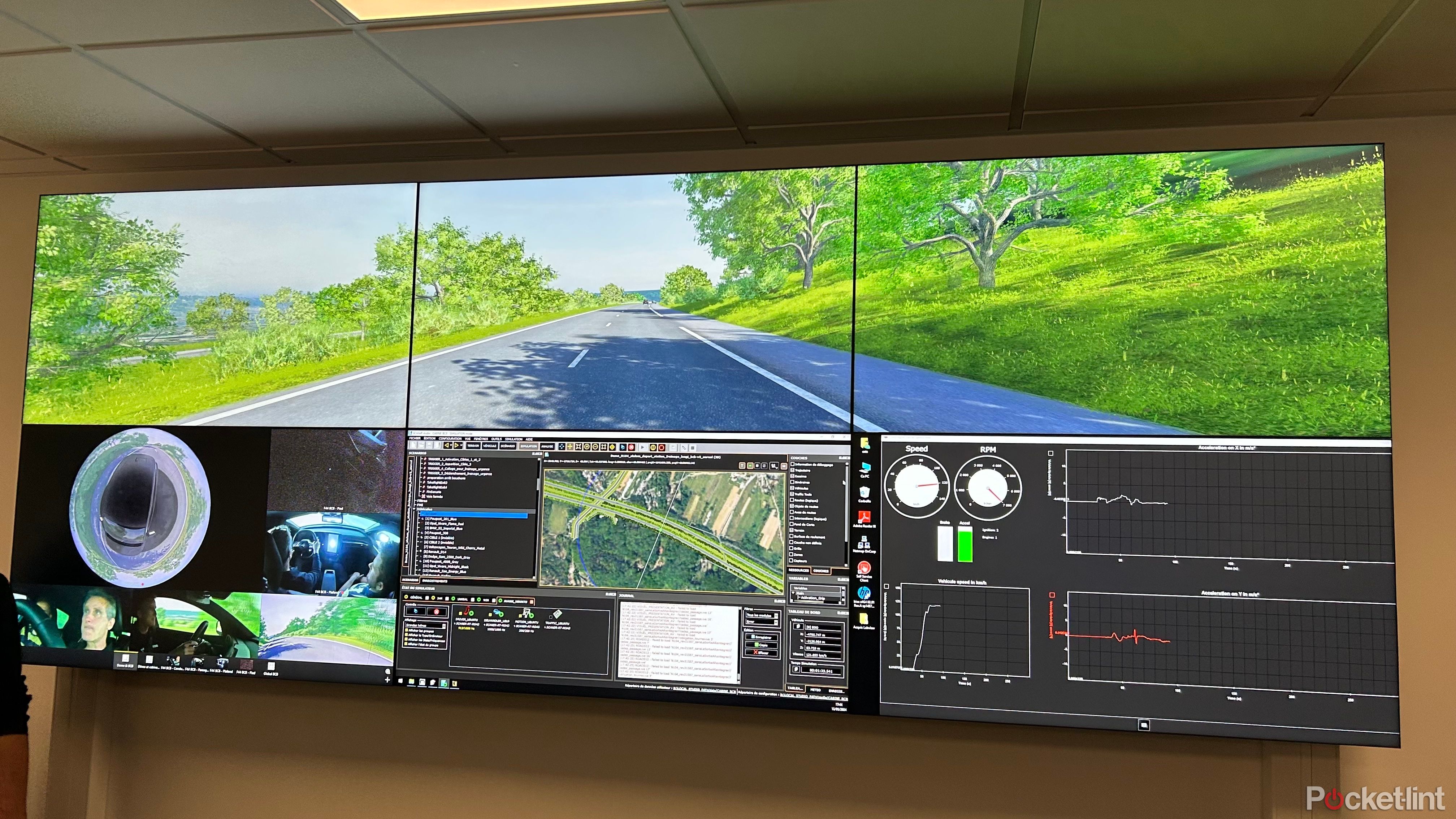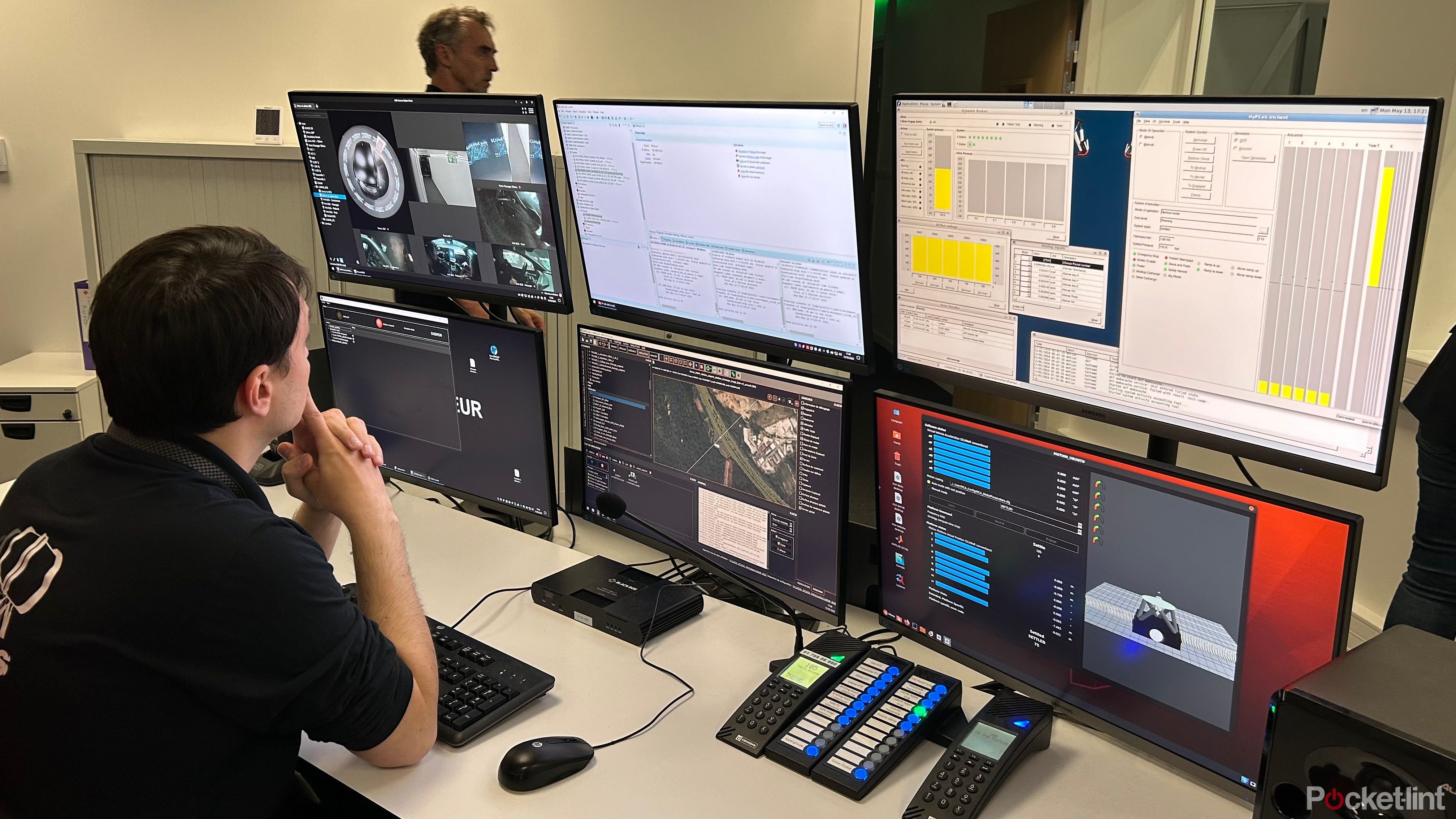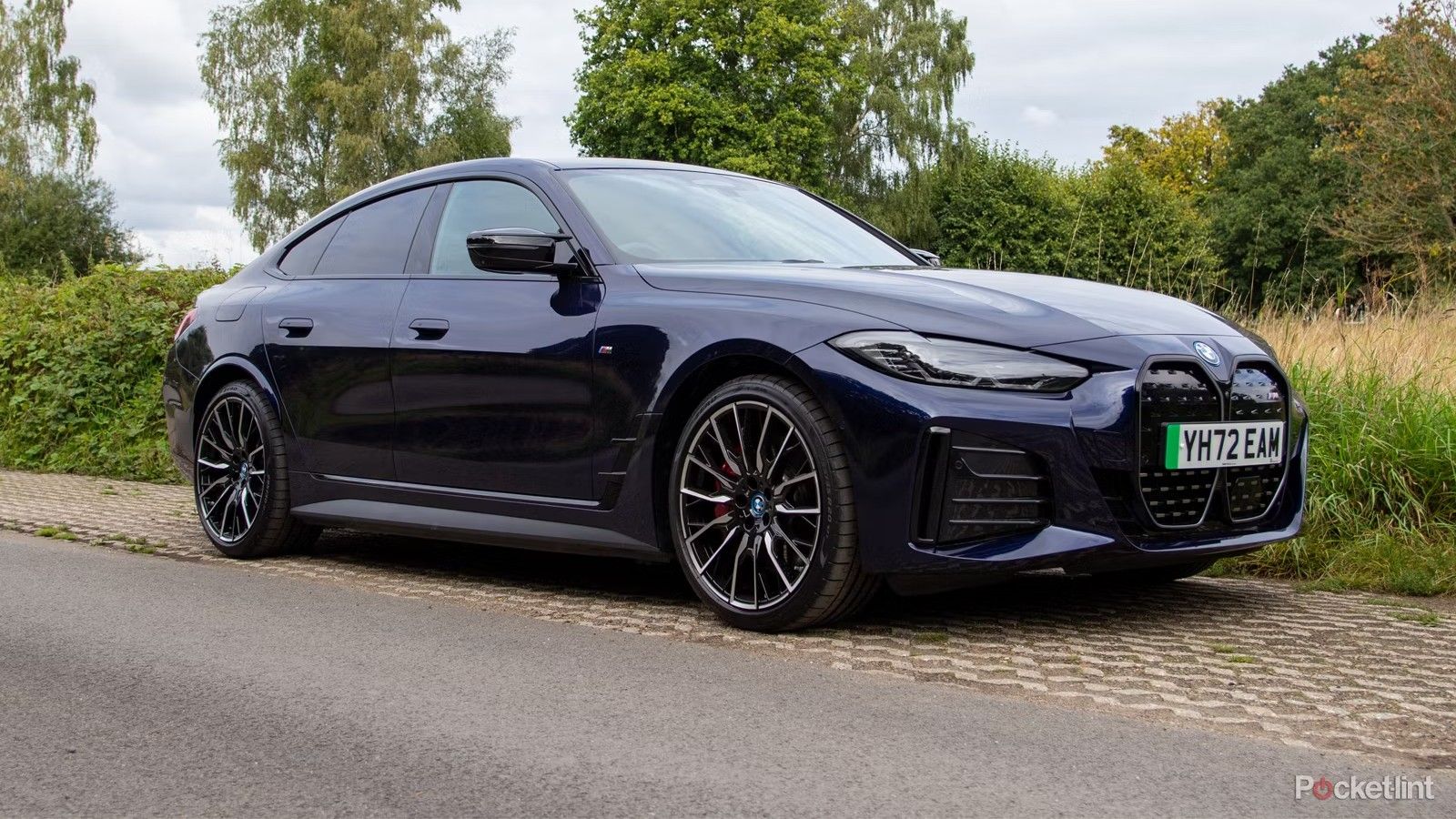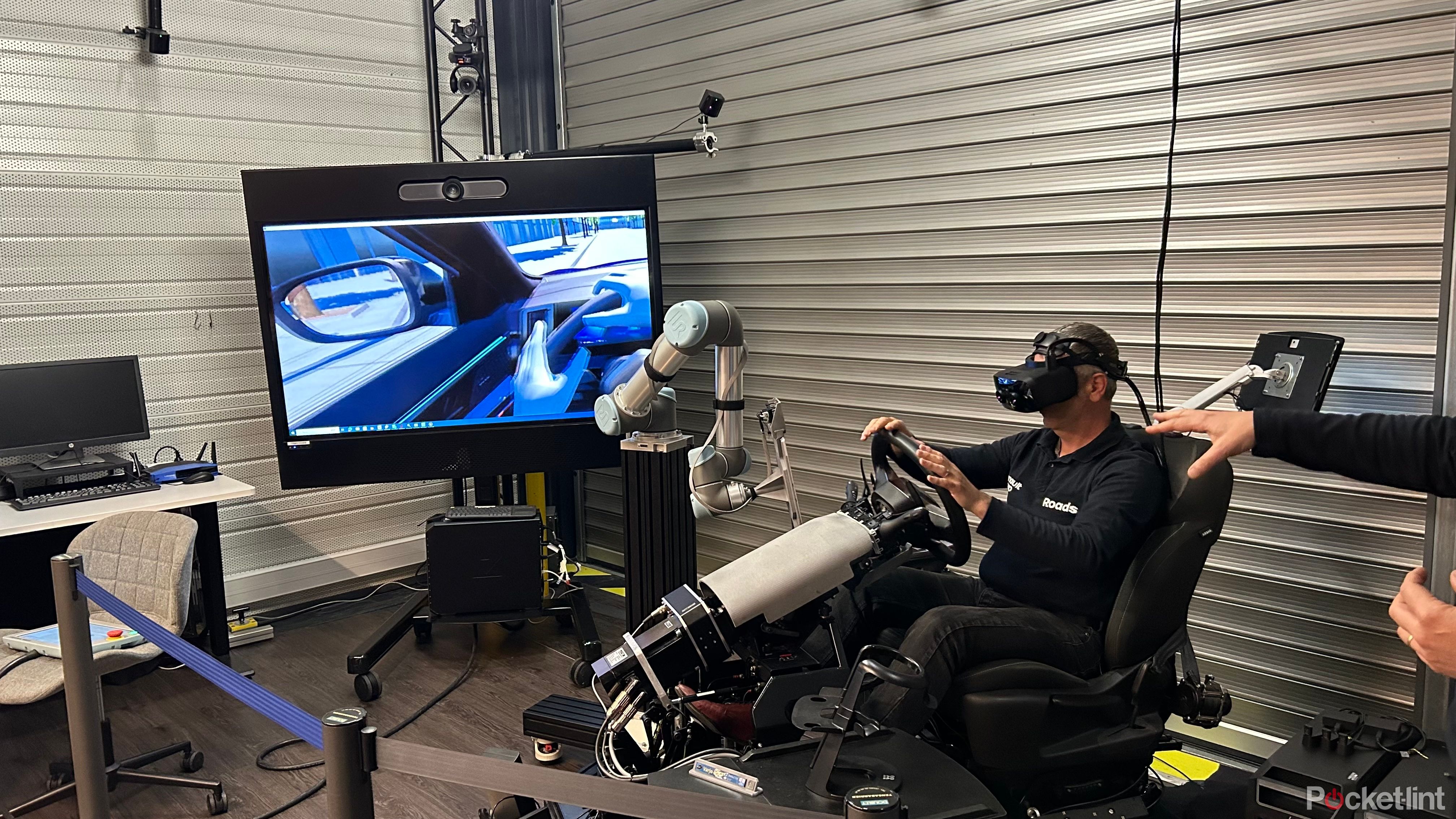Key Takeaways
- Renault’s advanced simulator, ROADS, revolutionizes vehicle development with the use of virtual driving scenarios and digital twins.
- The company invested €26 million in technology to speed up vehicle development and reduce costs.
- In addition to traditional testing, Renault creates scenarios in a Scenario Factory and is also investing in autonomous vehicles for future strategy.
I do love some of the best driving simulation games, but I’ve recently seen something that makes the likes of Forza Motorsport, Forza Horizon and Assetto Corsa feel like a poor imitation. That’s mainly because what I’ve seen isn’t a game that costs a few bucks to play on your PS5, Xbox or gaming PC: It’s a full-size simulator owned by French automaker Renault.
I recently visited Renault’s Technocentre, where a lot of driving goes on, though much of it is done in a virtual environment using simulator tech that you’d more normally expect to see at an aircraft testing or training facility.
At this expansive development hub, the French carmaker has invested huge sums of money to help build its vision for the future. The technology allows Renault to set up any kind of driving scenario and include everything from virtual lousy drivers through to bad surfaces for the ultimate in testing capability.
How this startup is making EV charging as easy as finding a lamppost
Voltpost plans on making owning an EV easier by converting street lampposts into chargers.
Spending big money
Virtual driving world
The company has spent around €26 million to build its state-of-the-art immersive simulation center that carries the rather fitting acronym of ROADS (Renault Operational Advanced Driving Simulation). What lurks inside a cavernous building at the 2,300 square meter facility is everything needed to recreate and test any kind of driving scenario. While Renault has splurged in the R&D department, it hopes savings will filter through in the long run.
What lurks inside a cavernous building at the 2,300 square meter facility is everything needed to recreate and test any kind of driving scenario.
This is all down to the way the center can reduce vehicle development times, and therefore costs. The advanced tech housed across the Technocentre campus shaves off a lot of cash from designing vehicles. Central to this is the capability for creating a digital twin of vehicles. Renault engineers can produce a virtual version of everything and anything relating to a new vehicle, meaning the need for conventional physical prototypes is greatly reduced.
The technology that I’ve recently seen in operation is amazingly good, with the ROADS simulator itself sitting on a vast movable chassis that covers nearly 1,400 square meters in a huge purpose-built hall. Even though it’s 12 metres high, the beefy carbon fiber simulation container can hold any of the new vehicles Renault is designing, allowing a completely immersive 360-testing environment. It sits on industrial-strength jacks and slides on 25 meter tracks, creating acceleration of 1G at each axis when it is in motion.
This 90-tonne creation is quite something to watch, but the value and return on investment for Renault is in the data being captured inside and at the control desk overlooking the simulator. The brilliant thing about all this is that the engineers can recreate absolutely any road scenario with testers sitting inside a full-size prototype of a new model, while driving down highways and byways created by a rooftop carousel of high-resolution projectors.
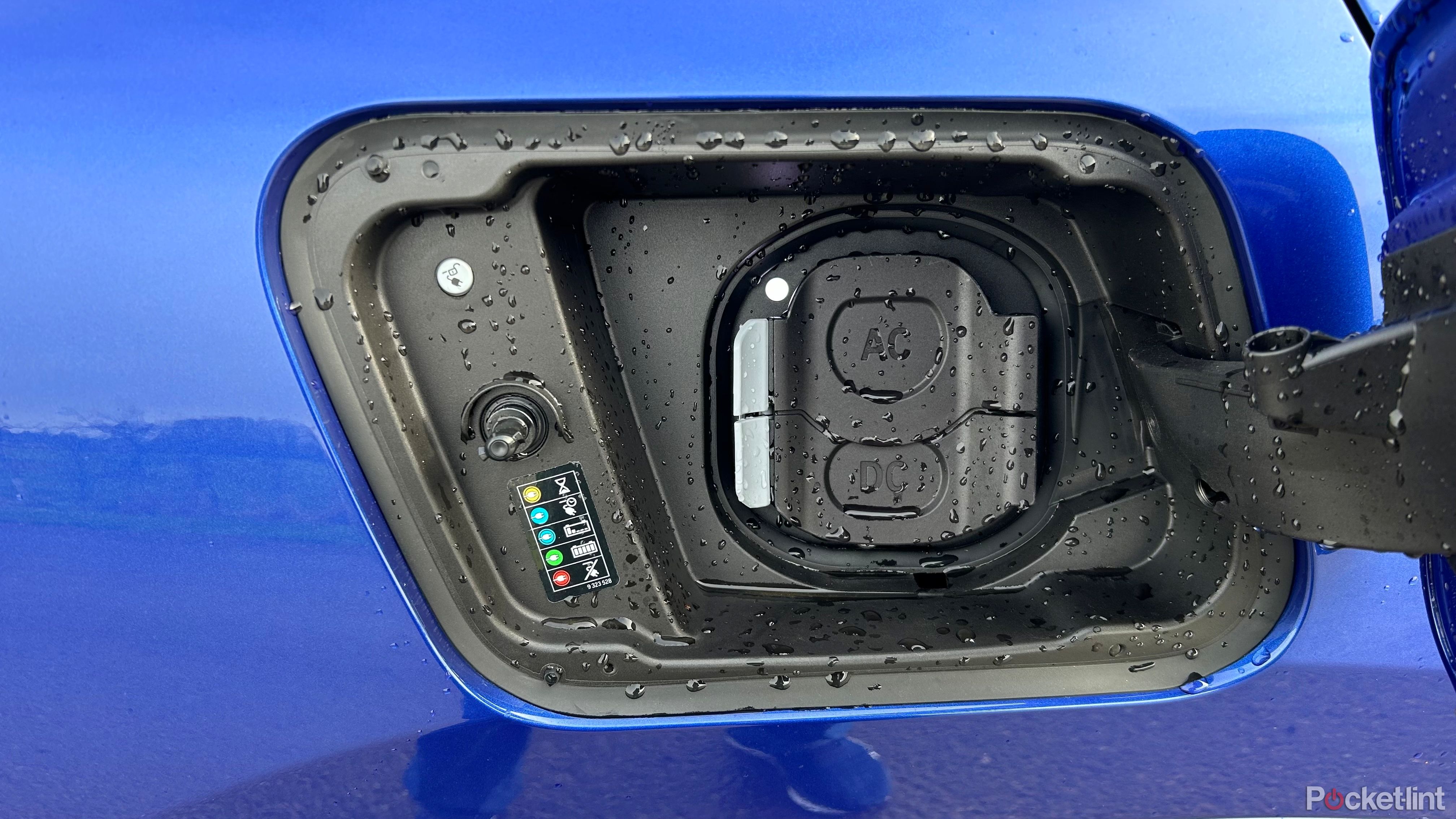
Owning an EV should be easy, but hangups around gas cars are making everything more complicated
Thinking of EVs differently than gas cars could make charging easier, prices cheaper, and infrastructure more friendly.
The digital twin
Data to the Cloud
The huge chunks of data from these real-world driving simulations allows Renault to combine the virtual world with the physical input and produce a digital twin. What that does is revolutionize the speed with which vehicles and their component parts are developed. In fact, Renault engineers explained that, so efficient is the process, unlike the old days when pre-production parts would have to be created, new cars can go to production using parts created directly from the digital prototypes.
In fact, Renault engineers explained that, so efficient is the process, unlike the old days when pre-production parts would have to be created, new cars can go to production using parts created directly from the digital prototypes.
Adding extra value to working this way is Renault can monitor a vehicle throughout its entire lifecycle. That means it can offer over the air updates and add in new features and functions as testing progresses, which is especially crucial when it comes to improvements in safety and ergonomics, especially where Human Machine Interfaces (HMI) are involved. Touchscreen anyone?
Creating a scenario
Testing in a virtual world
Renault even has a Scenario Factory, in which some of its 70 in-house engineers digitally reproduce all manner of everyday scenarios drivers can and do encounter during their travels. Again, all the data accumulated is stored in the Cloud and enables much speedier development compared to the rather more snails-paced prototyping workflow of yesteryear. Ultimately, the process should make for a much-improved driver experience, even though a lot of the information is produced from a virtual environment.
Again, all the data accumulated is stored in the Cloud and enables much speedier development compared to the rather more snails-paced prototyping workflow of yesteryear.
So, people and driving are important as is the data. But that’s not to say Renault isn’t investing time and money in autonomous vehicles as well. The carmaker used a little bit of time to unveil the future strategy of its driverless vehicles, as I later found out by boarding a funky minibus. During the short loop around the Technocentre campus, the Level 4 autonomous people mover did a fine job of stopping at a crossing to allow Renault employees to cross, while also successfully navigating past valuable prototype vehicles and tight bends with ease.
I’ve already seen a variant of this bus, developed using the WeMove platform, at CES earlier in the year, where it did an impressive job of ferrying showgoers on a slightly more perilous loop of Las Vegas public roads. It’s not fast, which is reassuring in a way, but it is comfortable, with seating for a handful of people and gives you a great view of your surroundings thanks to lots of glass.
It’s not fast, which is reassuring in a way, but it is comfortable, with seating for a handful of people and gives you a great view of your surroundings thanks to lots of glass.
Since seeing it at the Technocentre, Renault has been using the vehicle to ferry people around at the Roland Garros tennis tournament in Paris. And, despite the current and rather miserly 12-person capacity, it’s easy to see the appeal of an autonomous bus if you want to leave the car at home and spend the day quaffing champagne instead.
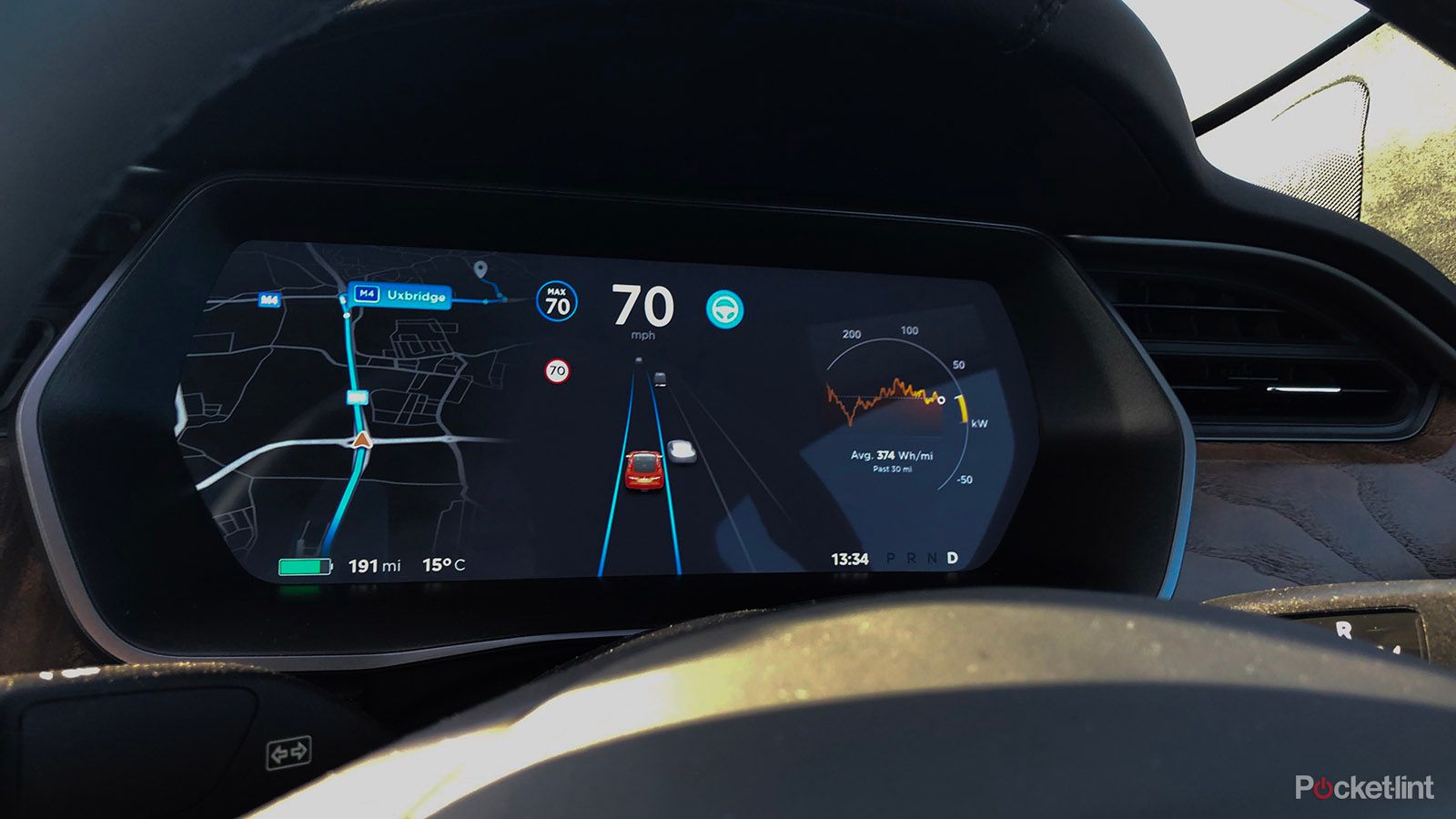
Is Tesla FSD worth $8,000? No, but the subscription might be
It’ll take nearly 7 years to pay full price for FSD at $99 a month.
Trending Products

Cooler Master MasterBox Q300L Micro-ATX Tower with Magnetic Design Dust Filter, Transparent Acrylic Side Panel, Adjustable I/O & Fully Ventilated Airflow, Black (MCB-Q300L-KANN-S00)

ASUS TUF Gaming GT301 ZAKU II Edition ATX mid-Tower Compact case with Tempered Glass Side Panel, Honeycomb Front Panel, 120mm Aura Addressable RGB Fan, Headphone Hanger,360mm Radiator, Gundam Edition

ASUS TUF Gaming GT501 Mid-Tower Computer Case for up to EATX Motherboards with USB 3.0 Front Panel Cases GT501/GRY/WITH Handle

be quiet! Pure Base 500DX ATX Mid Tower PC case | ARGB | 3 Pre-Installed Pure Wings 2 Fans | Tempered Glass Window | Black | BGW37

ASUS ROG Strix Helios GX601 White Edition RGB Mid-Tower Computer Case for ATX/EATX Motherboards with tempered glass, aluminum frame, GPU braces, 420mm radiator support and Aura Sync


